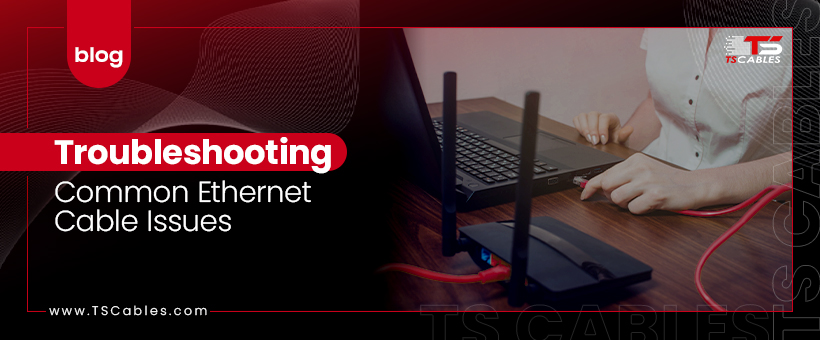- Your #1 Source for Network Cables. Call Now for Exclusive Offers!

In today’s interconnected world, Ethernet cables are the backbone of communication networks, facilitating the transfer of data across various devices. However, despite their essential role, Ethernet cables are not immune to issues that can hamper their performance.
This article aims to delve into the intricacies of common problems encountered with Ethernet cables and provide comprehensive troubleshooting techniques to address them effectively, ensuring uninterrupted connectivity.
Ethernet cables are available in different categories, each designed to meet specific bandwidth and transmission speed requirements. These categories include Cat5e, Cat6, and Cat6a, with each iteration offering advancements in performance and reliability. Understanding the construction and capabilities of these cables is crucial for diagnosing and resolving issues effectively.
Discover effective troubleshooting techniques for common Ethernet cable issues, including those with TS Cable brand, in this comprehensive guide. Learn how to address connection problems, speed issues, and physical damage to ensure uninterrupted connectivity.
By understanding these common issues and employing effective troubleshooting techniques, network administrators can ensure the smooth operation of their networks and minimize downtime.
Additionally, adopting preventive measures such as proper cable installation, environmental protection, and regular maintenance can prolong the lifespan of TS Cable Ethernet cables and optimize network performance in the long run.
Copyright © 2024 TS Cables – All Rights Reserved
